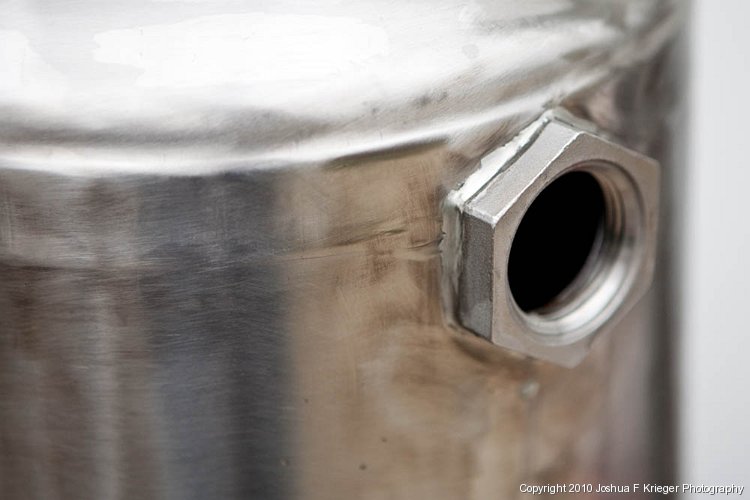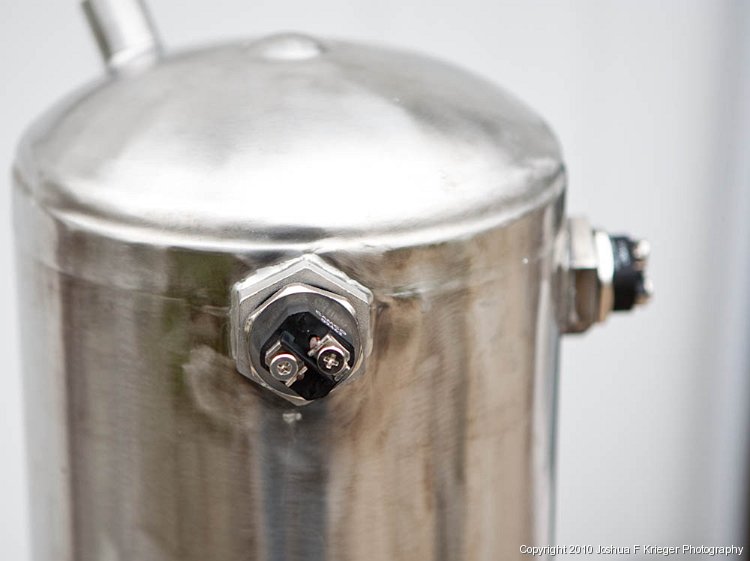Cpt_Kirks
Well-Known Member
I see a lot of 240V heating elements mounted in keggles.
Has anybody mounted 120V elements in one?
If it will work, I am thinking of adding two 2000 watt water heater elements to the bottom side of my keggle.
Will that work?
What size holes will I need to drill?
Has anybody mounted 120V elements in one?
If it will work, I am thinking of adding two 2000 watt water heater elements to the bottom side of my keggle.
Will that work?
What size holes will I need to drill?








